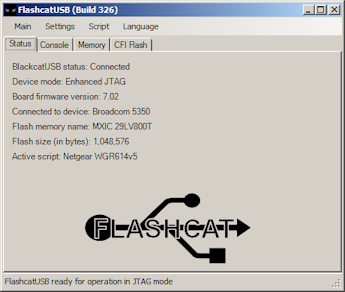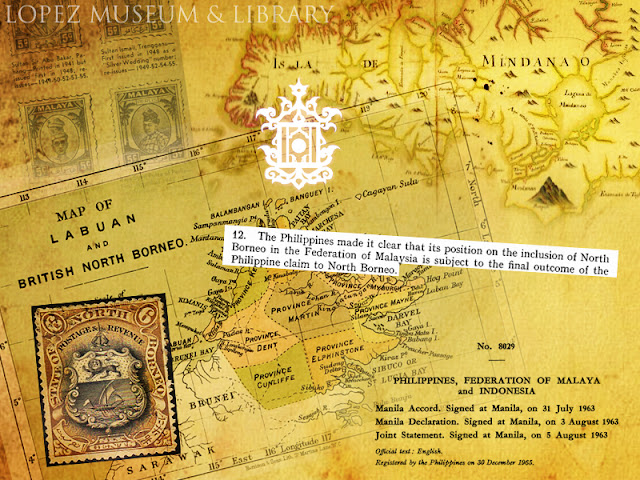BlackcatUSB a multi-protocol flash memory programming tool
Capable of programming thousands of flash memory devices using JTAG or SPI connections.
This eBay item includes: a new BlackcatUSB board, USB cable, and a jumper cable of your choice.
Features:
- Open-source software supports multi-languages: English, French, German, Portuguese, Spanish
- Fast 16MHz RISC processor
- 32KB Flash (upgraded from 16KB!)
- 2 DIP switches for mode application changes
- Upgradeable firmware over USB
- On board reset button
- Universal CFI Flash programming support (over JTAG)
- SPI Mode 0, 1, 2 compatible
- USB 1.1 / 2.0 compatible
- Dual voltage (3.3v or 5v) output
This device can be used to program the flash memory of thousands of different memory devices, including the BIOS chips often used on many newer motherboards for both PC and laptops. It can be used on millions of devices to fix broken devices due to bad or corrupted firmware.
 |
| MSI Eclipse Motherboard |
 |
| MSI P6NGM Motherboard |
 |
| MSI P6NSLI Motherboard |
Easy to use Microsoft Windows based software:
Reading flash data using JTAG mode
Writing flash data using SPI mode
FREE Open-source software compatible with:
Windows 2000, 2003, XP, Vista and Windows 7 (32-bit and 64-bit versions)
Mutli-language support: English, French, German, Portuguese, and Spanish,
(Download software and driver, version 330)
Verified to work with these CFI Flash devices:
|
AMD S29GL320 Intel 28F128J3 Samsung K8D3216UB MXIC 29LV800BMC AMD 28F400BT Intel 28F160B3 Samsung K8D3216UT SHARP 28F320BJE AMD 29DL322GB Intel 28F160B3 ST M28W160CB SHARP LH28F160BJHG AMD 29DL322GT Intel 28F160C3B ST M29D323DB SHARP 28F160S3 AMD 29DL323GB Intel 28F160C3T FUJITSU 29DL323GB SHARP 28F320S3 AMD 29DL323GT Intel 28F320B3 FUJITSU 29DL323TE Microchip SST 39VF1600 AMD 29DL324GB Intel 28F320B3 FUJITSU 29LV160B Microchip SST 39VF1601 AMD 29DL324GT Intel 28F320C3 FUJITSU 29LV160T Microchip SST 39VF3201 AMD 29LV160DB Intel 28F320C3 FUJITSU 29LV320BE Microchip SST 39VF800 AMD 29LV160DT Intel 28F320J3 FUJITSU 29LV320TE ST / Micron MT28W320 AMD 29LV320DB Intel 28F320J5 FUJITSU 29LV800B ST / Micron MT28W320 AMD 29LV320DT Intel 28F640B3 Micron 28F160C34B ST / Micron 29W320DB AMD 29LV320MB Intel 28F640B3 Micron 28F160C34T ST / Micron 29W320DT AMD 29LV320MT Intel 28F640C3 Micron 28F322P3 ST / Micron M29W160EB AMD 29LV400BB Intel 28F640C3 MXIC 25FL0165A ST / Micron M29W160ET AMD 29LV800BB Intel 28F640J3 MXIC 29LV161B ST / Micron M58LW064D Spansion 29AL016M Intel 28F640J5 MXIC 29LV161T ST / Micron M29W800AB ATMEL AT49BV/LV16X Intel 28F800B3 MXIC 29LV320B TOSHIBA TC58FVT160B ATMEL AT49BV/LV16XT Intel 28F800C3 MXIC 29LV320B TOSHIBA TC58FVB321 HYHYNIX HY29F400TT Samsung K8D1716UB MXIC 29LV320T TOSHIBA TC58FVT160 HYHYNIX HY29LV1600T Samsung K8D1716UT MXIC 29LV320T TOSHIBA TC58FVT321
|
Verified to work with these SPI Flash devices:
|
Atmel AT25DF641 Microchip SST 25WF040 ST / Micron M25P64 MXIC MX25L128 Atmel AT25DF321 Microchip SST 25WF040B ST / Micron M25P32 MXIC MX25L256 Atmel AT25DF161 Microchip SST 25WF080 ST / Micron M25P16 EON EN25F20 Atmel AT25DF081 Microchip SST 25WF080B ST / Micron M25P80 EON EN25F40 Atmel AT25DF021 Microchip SST 25WF016 ST / Micron M25P40 EON EN25F80 Atmel AT26DF081A Microchip SST 25WF016B ST / Micron M25P20 EON EN25F16 Atmel AT26DF161 Microchip SST 25WF032 ST / Micron M25P10 EON EN25F32 Atmel AT26DF161A Microchip SST 25WF032B Windbond W25X40 EON EN25F64 Atmel AT26DF321 Microchip SST 25WF064 Windbond W25X80 PMC PM25LV010 Atmel AT45DB011 Microchip SST 25WF064B Windbond W25X16 PMC PM25LV020 Atmel AT45DB021 Microchip SST 25WF128B Windbond W25X32 PMC PM25LV040 Atmel AT45DB041 Spansion S25FL256S Windbond W25X64 PMC PM25LV080B Atmel AT45DB081 Spansion S25FL128S Windbond W25Q80BV PMC PM25LV016B Atmel AT45DB161 Spansion S25FL128P Windbond W25Q16BV PCT 25VF512A Atmel AT45DB321 Spansion S25FL064 Windbond W25Q32BV PCT 25VF010A Atmel AT45DB642 Spansion S25FL032 Windbond W25Q64BV PCT 25VF020B Atmel AT45DB011D Spansion S25FL016 MXIC MX25L10 PCT 25VF040B Atmel AT45DB021D Spansion S25FL008 MXIC MX25L20 PCT 25VF080B Atmel AT45DB041D ST / Micron N25Q00A MXIC MX25L40 PCT 25VF016B Atmel AT45DB081D ST / Micron N25Q512 MXIC MX25L80 PCT 25VF032B Atmel AT45DB161D ST / Micron N25Q256 MXIC MX25L160 PCT 25VF064C Atmel AT45DB321D ST / Micron N25Q128 MXIC MX25L320 PCT 26VF016 Atmel AT45DB642D ST / Micron M25P128 MXIC MX25L640 PCT 26VF032 ST / Micron N25Q064
|
Verified MCU specific devices supported:
|
Nordic nRF24LE1 (16KB flash over SPI) Xilinx CoolRunner-II series (XC2C32A, XC2C64A, XC2C128, XC2C256, XC2C384, XC2C512)
|
If you need to program a flash here that is not listed, just contact us and request to have it added. We are able to add any SPI or CFI compatible flash to our software free of charge. If you need a specific MCU supported (such as a device with on board memory that can be programmed via SPI or JTAG), contact us!
New feature: manual configure for SPI devices




















